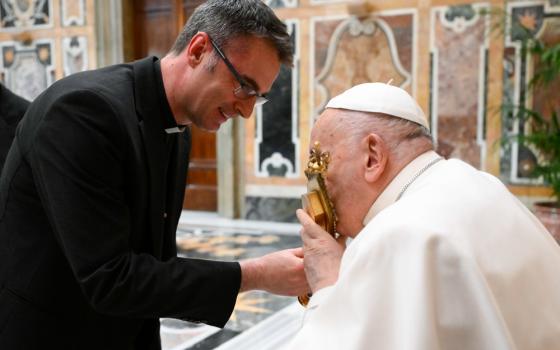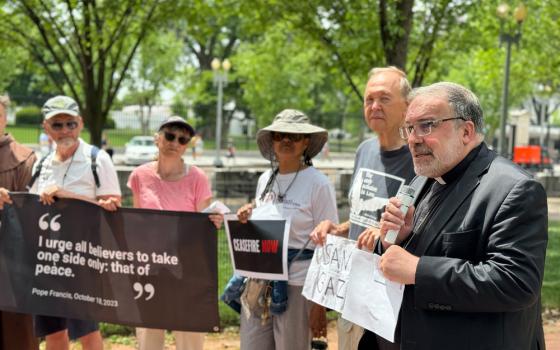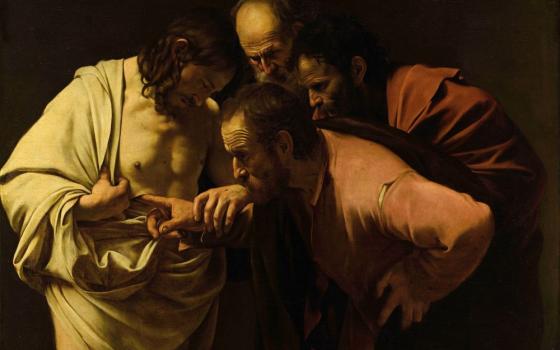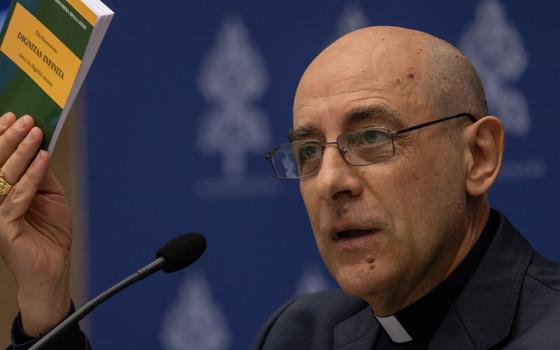LOSING THE NEWS: THE FUTURE OF THE NEWS THAT FEEDS DEMOCRACY
By Alex S. Jones
Published by Oxford University Press, $24.95
In 1955 my uncle, Frank D. Schroth, publisher of the Brooklyn Eagle, told the New York Newspaper Guild that the Eagle could not afford Manhattan-scale wages, and if they thought he was bluffing and went on strike he would close the paper.
They didn’t believe him, and Brooklyn lost its voice.
So I winced last year when The New York Times put a gun to the head of The Boston Globe, which it owned but could not endure its losses, and told it to take pay cuts or close the paper. The Globe still lives; but it is up for sale. Sister papers in major cities -- The Philadelphia Inquirer, the Newark, N.J., Star-Ledger, the Minneapolis Star Tribune, the Los Angeles Times, and the Hartford Courant in Connecticut -- have decimated their news staffs to survive. Among media critics, the consensus is that a fundamental American institution, the daily city newspaper, will either disappear or morph into an inferior form online.
In Losing the News, Alex S. Jones, coauthor of The Trust, a history of the family behind The New York Times, pulls it all together in a combination of history, economics, ethics, analysis and personal memoir.
A fourth-generation member of a family that still owns the Tennessee Greeneville Sun, Jones, director of Harvard’s Shorenstein Center on the Press, Politics and Public Policy, is steeped in the morality of the Humphrey Bogart classic 1952 newspaper film, “Deadline U.S.A.” A German immigrant, Mrs. Schmidt, brings evidence of a mob murder to the about-to-be-sold newspaper, The Day, rather than to the police, because The Day, not the police, taught her English. When the mob boss threatens Bogart with death if he prints the story, Bogart holds the phone to the roaring presses, and says, “That’s the press, baby. The press! And there’s nothing you can do about it.”
Jones fears that a combination of digital technology, poor leadership, and corporate owners’ demands for maximum profits will accomplish what the movie mobsters could not. But, much as he loves newspapers, Jones’ prime concern is not the survival of print journalism but of the news.
His central image is a cannonball, an iron sphere, called “iron core news.” This is the press as the nation’s watchdog, the press that covers foreign affairs, war, disasters, the White House and school board meetings. Then come stories that answer “why, explanatory journalism, and, most crucial, investigative reporting.” Democracy’s survival depends on this iron core. But over the years, says Jones, in even the best papers, the core gets only 15 percent of the space. Newsroom cuts have shrunk the core. Investigative reporting is the most expensive in time and manpower, but these are the stories -- Watergate, the Pentagon Papers, Abu Ghraib, and the clerical sex abuse scandal -- that make history, and that those in power fear. Since 85 to 95 percent of all Internet news is based on newspapers, in no way can Web sites fill the gap.
Jones presents short courses on the First Amendment, objectivity, ethics and media history. He denies that readers don’t want objectivity anymore than they prefer to hear a personal voice. He defines objectivity as “an intellectually honest effort to be an honest broker” with the news. He borrows Walter Lippmann’s view of journalism as a “science,” gathering and verifying evidence, to free it from irrational judgments. Thus scientific standards make the news “the truth.”
He recalls the little-noticed episode in which the “lazy” mainstream media -- “60 Minutes,” Peter Jennings, The Washington Post and the Los Angeles Times -- bought the pro-choice statistics that only a few hundred partial birth abortions took place every year, only in the third trimester, and justified by a medical tragedy. Then the Bergen County, N.J., Record did research and determined that in New Jersey alone there were at least 1,500 partial birth abortions every year, mainly in the second trimester, on healthy women and fetuses. A Washington Post follow-up found the same reality on a national scale.
Despite the gloomy trends, says Jones, most papers are still profitable, and papers will thrive again -- in some form. He fears they will “hyper-localize,” draw people into their Web sites with their comments, pictures and citizen-journalist amateur reporting, and force out experienced writers for un- or underpaid writers who have to file early versions of their stories for online and generate podcasts for an audio audience.
Finally, says Jones, we must accept a future centered on the Web, with a commercial solution for preserving the core. But this must be based on traditional professional journalism standards. Newspapers should split their print and Web operations, spend serious money and accept smaller profits. The survivors will be those that are “strong, brave, and rich in quality and personality,” and publish stories their readers really need.
He skips through a list of proposals -- charging for news online, financing from nonprofit and governmental sectors, corporations converted by a sense of corporate social responsibility, the consortium of wealthy local citizens taking charge, the generous billionaire. But in the April 6 issue of The Nation, John Nichols and Robert W. McChesney make a strong case for government intervention. Historically the government supported the press in many ways. Today we need a “system that prohibits state censorship and that minimizes commercial control over journalistic values and pursuits,” a mix of not-for-profit and subsidized media in rural and low-income areas and more for-profit media in wealthier ones.
I wish Jones had discussed other solutions like sharing resources regionally to finance investigative projects, and new Kindle-like versatile digital portable equipment that better simulates the experience of reading an actual newspaper page, where the reader is exposed to five stories he might not otherwise have turned to.
Jones’ book may not, in itself, save the news, but it gives us well-researched facts on which to base decisions, plus faith and hope, which are theological, rather than journalistic, virtues.
Meanwhile I’ll fall back on an e-mail from my friend Rene Sanchez, an editor of the Minneapolis Star Tribune: “I am fighting every day for what I believe matters most -- lively, tough, deep reporting that will compel readers to stick with us, not just scan headlines on Google. It’s an uphill slog, but the past year has certainly clarified the necessity of it.”
Jesuit Fr. Raymond A. Schroth is a humanities professor at St. Peter’s College in Jersey City, N.J. The paperback edition of his The American Jesuits: A History (NYU Press) will appear in October. His e-mail address is Raymondschroth@aol.com.







